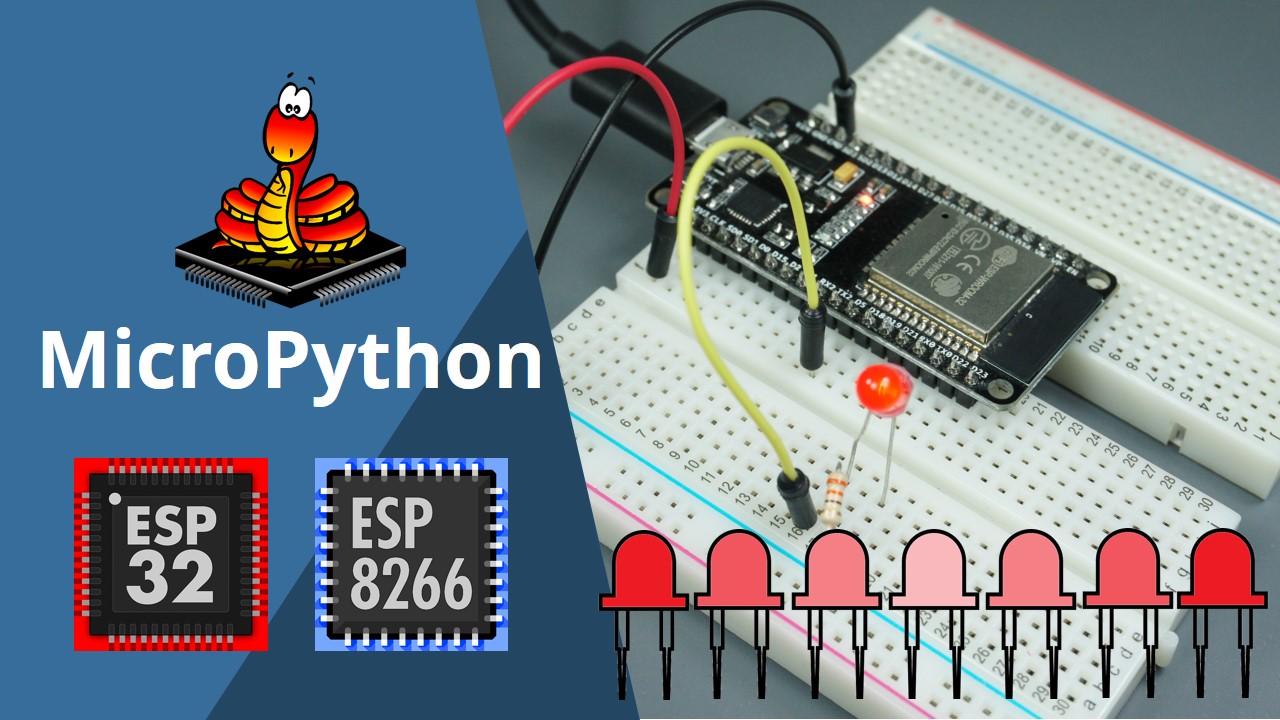Micropython Pwm E Ample
Micropython Pwm E Ample - It achieves this by rapidly toggling the pin from low to high. It achieves this by rapidly toggling the pin from low to high. See the above constructor for details about the parameters. With a single value argument the. A trick to generate variable voltages on digital pins. See the above constructor for details about the parameters. If you know the frequency and just want to read the duty cycle, then. It achieves this by rapidly toggling the pin from low to high. Web pulse width modulation (pwm) is a way to get an artificial analog output on a digital pin. It achieves this by rapidly toggling the pin from low to high.
It achieves this by rapidly toggling the pin from low to high. Web pulse width modulation (pwm) is a way to get an artificial analog output on a digital pin. Pwm.init(*, freq, duty_u16, duty_ns) modify settings for the pwm object. If you know the frequency and just want to read the duty cycle, then. It achieves this by rapidly toggling the pin from low to high. Web (updated at 12/22/2022) pwm: With no arguments the pulse width in nanoseconds is returned.
It achieves this by rapidly toggling the pin from low to high. Getting started with micropython on the esp8266. Web pulse width modulation (pwm) is a way to get an artificial analog output on a digital pin. This tutorial shows how to generate pwm signals with the esp32 and esp8266 boards using micropython firmware. By jimmo » fri oct 11, 2019 3:49 am.
If you know the frequency and just want to read the duty cycle, then. See the above constructor for details about the parameters. With a single value argument the. See the corresponding section of tutorial: It achieves this by rapidly toggling the pin from low to high. My master thesis includes controlling a pmsm (permanent magnet.
It achieves this by rapidly toggling the pin from low to high. Web micropython tutorial for esp8266. Getting started with micropython on the esp8266. It achieves this by rapidly toggling the pin from low to high. A trick to generate variable voltages on digital pins.
Pwm.init(\*, freq, duty_u16, duty_ns) modify settings for the pwm object. It achieves this by rapidly toggling the pin from low to high. My master thesis includes controlling a pmsm (permanent magnet. It achieves this by rapidly toggling the pin from low to high.
Web Pulse Width Modulation (Pwm) Is A Way To Get An Artificial Analog Output On A Digital Pin.
See the above constructor for details about the parameters. Pulse width modulation (pwm) is a way to get an artificial analog output on a digital pin. With no arguments the pulse width in nanoseconds is returned. One that is only on or off) to simulate an analog or varying voltage output.
The Pwm Is A Technique That Allows Generating A Voltage Between 0 And 3.3V Using Only.
By jimmo » fri oct 11, 2019 3:49 am. It achieves this by rapidly toggling the pin from low to high. This will allow us to control the brightness of the led. Pwm.init(*, freq, duty_u16, duty_ns) modify settings for the pwm object.
It Achieves This By Rapidly Toggling The Pin From Low To High.
This tutorial shows how to generate pwm signals with the esp32 and esp8266 boards using micropython firmware. Web pulse width modulation (pwm) is a way to get an artificial analog output on a digital pin. It achieves this by rapidly toggling the pin from low to high. My master thesis includes controlling a pmsm (permanent magnet.
Web Pulse Width Modulation (Pwm) Is A Way To Get An Artificial Analog Output On A Digital Pin.
Web micropython tutorial for esp8266. Web in this tutorial, we will be using the pwm module from the micropython firmware to control an external led. See the above constructor for details about the parameters. See the above constructor for details about the parameters.





![PWM MicroPython en [Raspberry Pi Pico 🍓 ESP8266 ESP32] 011 YouTube](https://i2.wp.com/i.ytimg.com/vi/ilO1rBjqUN4/maxresdefault.jpg)
